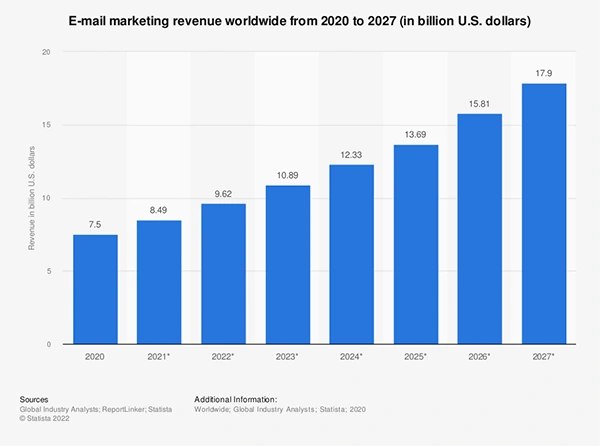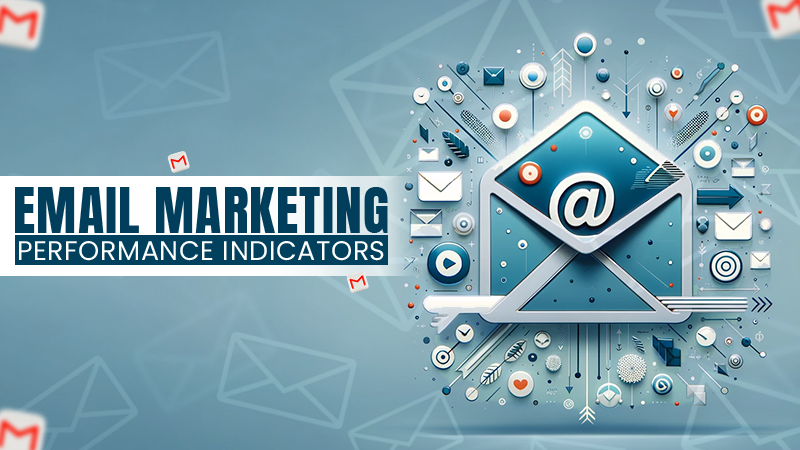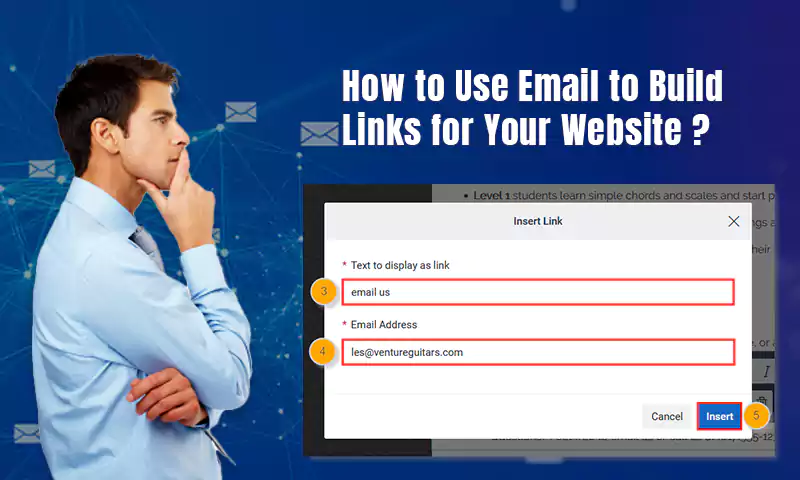Measuring the Effectiveness of Email Verification on List Quality

No matter how the world of digital marketing changes, email is still the most loved form of communication channel.
Why do you ask?
Out of all forms of marketing channels, email has the highest customer conversion rate.
And, if businesses want to reach their target audience successfully, then a high-quality email list is what they are looking for.
If you want to check the quality of your mailing list, then email list verification is the way to go.
With this process, you can very easily check the authenticity and accuracy of the emails in your lists.
But, if you’re stuck with a bad email list, do not worry.
In this article, we will explore various methods and strategies to measure the effectiveness of your email lists, as well as tell you ways you can improve the quality of your lists.
What is Email Verification?
Well, simply speaking, email verification is the process that tells you if an email address is valid or not. And it also tells you if your mail can be delivered or not.
You won’t believe it, but many people prefer to set their emails as no-reply so that they can avoid spam.
But this also stops them from receiving any other mail in the process.
Getting back to the topic at hand…
Email verification’s main aim is to eliminate any incorrect, invalid, or non-existent (mostly deleted) email addresses from your lists.
There are basically two ways it can do this:
Syntax Check
This process helps remove all email addresses that have incorrect format or syntax errors.
Domain Check:
This second step is the main one. It can tell us if the domain name (like websitename.com) linked with the email address is capable of receiving the mail or not.
FUN FACT:
Most email marketers are legally required to have an opt-out link at the bottom of their emails to allow recipients to have the option to opt out of the mailing lists without any hassle.
How Does Email Verification Affect the List Quality?
Reducing the Bounce Rates
Measuring the bounce rates is the core part of any email list.
High bounce rates can negatively impact the reputation of your sender as well as not deliver your emails to them. By having the email verification remove any invalid or non-existent emails, the bounce rates of your newsletters can be reduced.
More Email Deliveries
When your email list has valid emails, your newsletters can actually reach your recipients. This can lead to better opening and click-through rates and helps in improving your campaign’s success rates.
Protection Against Spam Traps
These are the email addresses that are set by ISPs and anti-spam software to identify and flag senders with bad email lists or spammy activities. Email verification can fix this by removing any spam traps from your lists.
More Engagement
With a clean email list, you can actually engage with your audience more by only sending your newsletters to people who actually want to receive them.
This can also improve the engagement metrics of your emails. (Like click-throughs, open rates, etc.)
How Effective is Email Verification?
The effectiveness of email verification depends on many Key Performance Indicators (KPIs) and methods.
Reducing Bounce Rates
One of the best ways to do this is by comparing your pre-verification bounce rates with the ones after verification. A huge reduction in bounce rates can tell you that the quality of your list is improving.
Better Open and Click-Through Rates
Checking the open and click-through rates of your emails post verification can tell you the engagement of your lists. A higher engagement rate is good for your lists.Better Conversion Rates
The increase in this metric means that you’ve reached most of your recipients, and they are actually interested in your products or services.
This means you can convert these recipients into actual paying customers.
Spam Complaints
This is another way to gauge the effectiveness of your email lists. Many people simply get subscribed to many email lists by accident. By them actively choosing to opt out of your lists means that your emails are getting through to your readers and the quality of your lists is improving.
List Growth and Engagement
You need to compare the growth and engagement of your email lists over time. The increase in metrics means that you are attracting new subscribers and your existing ones are loving your content.

The global email marketing revenue is said to grow from $7.5 billion in 2020 to $17.9 billion by 2027.
The Best Practices
If you want to improve the quality of your email lists, the verification process also needs to be improved upon. Here are some best practices that many influential bloggers use:
- Regular Verification: Verify and update your email lists regularly to maintain their quality.
- Integration with Signup Forms: Add email verification at the point of entry to stop any invalid email addresses from entering your list.
- Feedback Loop: Create a feedback loop to identify and manage issues reported by recipients ASAP.
- Compliance with Regulations: Make sure that your email verification practices comply with data protection regulations, such as GDPR.
Conclusion
Email verification can make or break your digital marketing campaigns.
To make your campaigns a success, you need to actively monitor your email lists and use email verification to fix any issues.
By using some of the methods and best practices listed in this guide, you can rest assured that your digital marketing campaigns will be a great success.
Share
















